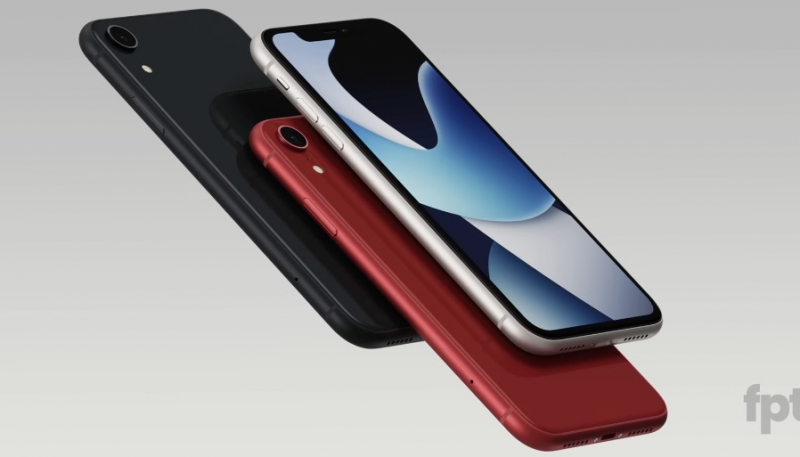Apple’s fourth-generation iPhone SE is expected to hit shelves in early 2025 and will boast an OLED display for the first time. The move will complete the transition to OLED technology across the entire iPhone lineup.
According to a report by Nikkei Asia, the move away from LCD displays will cause Apple to drop two longstanding Japanese panel makers, Japan Display (JDI) and Sharp, from its iPhone supply chain.
OLED screens first made an appearance on the iPhone X. Since then, Apple has used OLED displays in place of LCD screens on its high-end iPhone models. The transition to OLED screens has taken a toll on Apple’s LCD screen providers. While JDI and Sharp provided about 200 million LCD panels yearly for iPhones in 2015, by 2023, that number had decreased precipitously to around 20 million.
Currently, JDI is only supplying OLED screens for small devices, such as the Apple Watch. JDI is now focusing its efforts on LCD displays for automotive applications, while Sharp is scaling back its LCD business, which has focused on TV displays.
Apple has reportedly begun placing orders for the OLED displays for the 2025 iPhone SE from China’s BOE Technology Group and South Korea’s LG Display.
The iPhone SE 4 is expected to feature a USB-C port and Face ID, replacing the Touch ID Home button and the Lightning port the current iPhone SE is equipped with.
The fourth-generation iPhone SE’s display is said to considerably increase in size, from the current 4.7 inches to 6.06 inches, and will also feature an OLED display panel for the first time. The new iPhone SE4 is also expected to be powered by the same A18 chip as the iPhone 16 lineup. The handset is expected to include 6GB to 8GB of LPDDR5 memory, an aluminum chassis, and a single rear 48-megapixel camera.
Apple is said to be readying the fourth-generation iPhone SE for a launch sometime between March and May of 2025 and will carry a price tag of $499 to $549. The current iPhone SE debuted in March 2022 and carries a $429 price tag.


